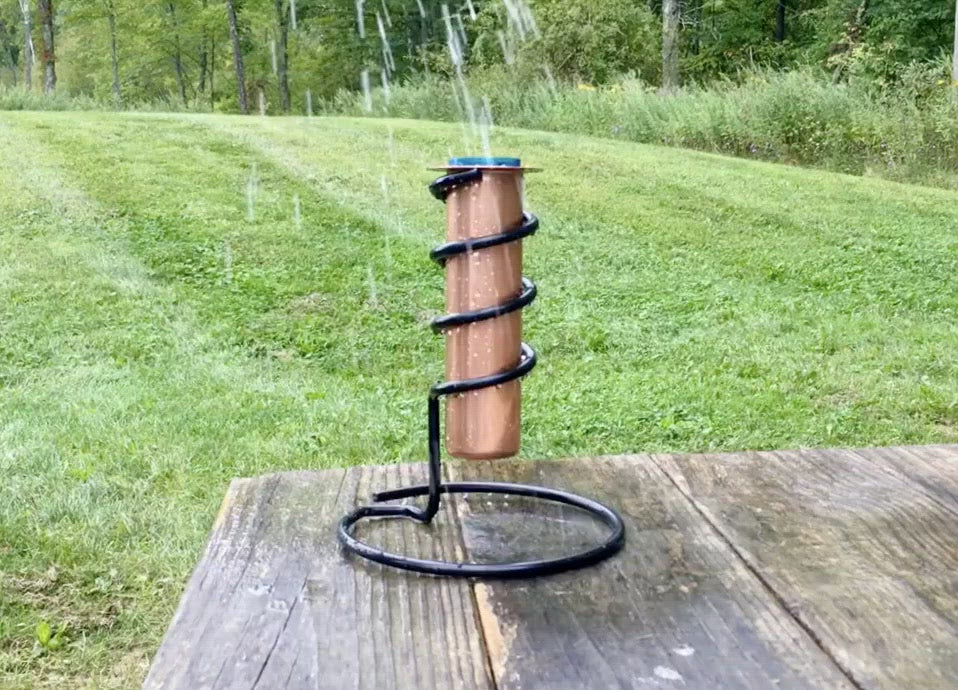Your Go-To Resource on The Rain Gauge: Benefits and Practical Applications
Your Go-To Resource on The Rain Gauge: Benefits and Practical Applications
Blog Article
DIY Rainfall Gauge: Easy Actions to Make Your Own
Producing your very own Do it yourself rainfall gauge is a reliable and simple way to record and determine precipitation. With simply a couple of usual materials and some basic steps, you can quickly build your very own rain gauge at home. Allow's obtain begun on making your DIY rainfall scale today!
Gather Products
To start creating your do it yourself rainfall scale, collect all the necessary materials utilizing a detailed checklist of things. Having the appropriate products accessible will certainly make certain the effective production of your rainfall scale and enable exact dimensions of rains. You will need a clear plastic container or cylinder, such as a plastic container or container. See to it the container is clear to make sure that you can conveniently see the water degree inside. Next off, you will require a ruler or measuring tape to note the increments on the container. This will certainly enable you to measure the amount of rains precisely. Furthermore, you will require a permanent marker or water-proof tape to note the measurements on the container. When subjected to rain, this will guarantee that the markings continue to be noticeable even. Ultimately, you will certainly need a sturdy base or risk to safely hold your rain gauge in position. This can be a wooden or metal risk that can be placed into the ground or a strong flat surface area to supply stability. Collecting these materials ahead of time will simplify the building and construction process and guarantee that you have every little thing you need to develop your own do it yourself rain scale.
Prepare the Container

Mark the Dimension Increments
To precisely determine the amount of rains, precisely marking the dimension increments on your do it yourself rain scale is important. Without clear and accurate markings, it would certainly be tough to figure out the look at here now exact quantity of rains collected in your rainfall gauge. Below are the actions to mark the measurement increments on your rainfall gauge.
The most usual units for gauging rains are inches and millimeters. Once you have actually selected the device, make use of an irreversible marker or waterproof paint to note the increments on the side of your rain scale.
When noting the increments, it is necessary to make sure that they are evenly spaced and clearly noticeable. Make use of a leader or measuring tape to guarantee precision and uniformity. Additionally, see to it that the markings are immune to fading or abrading, as exposure to the aspects might create them to degrade with time.
Location the Rainfall Scale Outdoors
The rainfall scale should be put outdoors to precisely accumulate rains information. The location chosen for the rainfall scale should be open and totally free from any kind of blockages that can potentially affect the measurement of rainfall. It is vital to locate a place that is not obstructed by trees, buildings, or other structures that might block the rain from reaching the gauge. This will guarantee that the gathered data is representative of the actual rains in the area.
Furthermore, it is important to position the rain scale on a stable surface, such as a degree ground or a tough blog post. This will certainly avoid any movement or tilting of the scale, which might result in incorrect measurements. It is additionally suggested to stay clear of putting the gauge near any resources of synthetic water, such as sprinklers or water drainage systems, as this might disrupt the precision of the dimensions.
Monitor and Document Rain Data
Regular surveillance and recording of rainfall data is crucial for precise information analysis and analysis. By monitoring rainfall measurements, you can acquire valuable understandings into climate patterns, like it environment trends, and water source management. To properly keep track of and record rains data, it is crucial to establish a routine and preserve consistent methods.
Firstly, make sure that your rainfall gauge is placed in an open area far from obstacles such as trees or structures that might obstruct rains. Additionally, see to it the rain gauge is degree and securely secured to avoid any kind of movement that might influence the accuracy of the dimensions.

When tape-recording the rainfall data, it is crucial to keep in mind the day and time of each dimension. Make use of a ruler or a gauging stay with identify the rainfall deepness in the rainfall scale, and record this details accurately.
To ensure the precision of the measurements, it is advised to clear the rainfall gauge after each recording. This will certainly avoid any click here for more kind of overflow or dissipation from impacting subsequent dimensions.
Final Thought
Finally, creating a DIY rain scale is a basic and useful means to keep an eye on and record rains data (The Rain Gauge). By following the actions described in this article, you can conveniently gather products, prepare the container, mark the dimension increments, and place the rainfall gauge outdoors. Frequently monitoring and videotaping rainfall information can offer valuable info for various functions
Having the best products on hand will make sure the successful production of your rain scale and allow for precise dimensions of rainfall.To properly measure the quantity of rains, accurately noting the dimension increments on your DIY rainfall gauge is necessary.The rain gauge need to be placed outdoors to precisely accumulate rainfall information. The area chosen for the rainfall scale ought to be open and cost-free from any type of blockages that might possibly affect the measurement of rainfall.In verdict, creating a DIY rain scale is a functional and simple way to check and record rainfall data.
Report this page